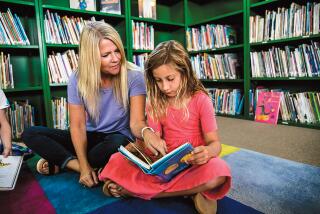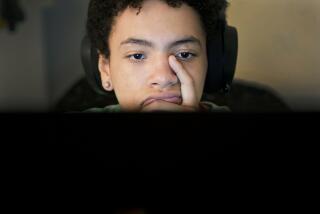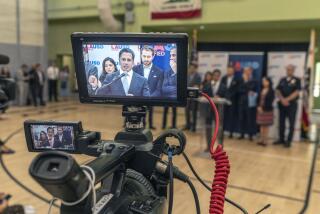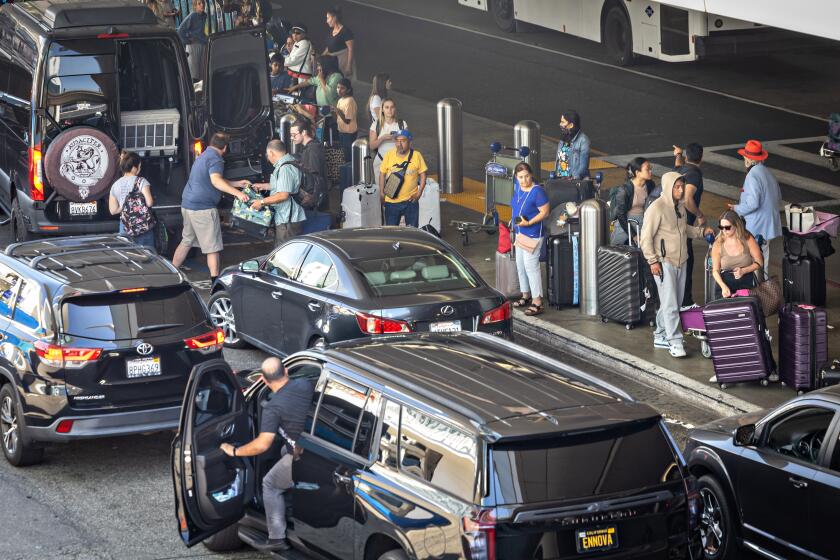Editorial: California schools were already unequal. Then came ‘learning pods’
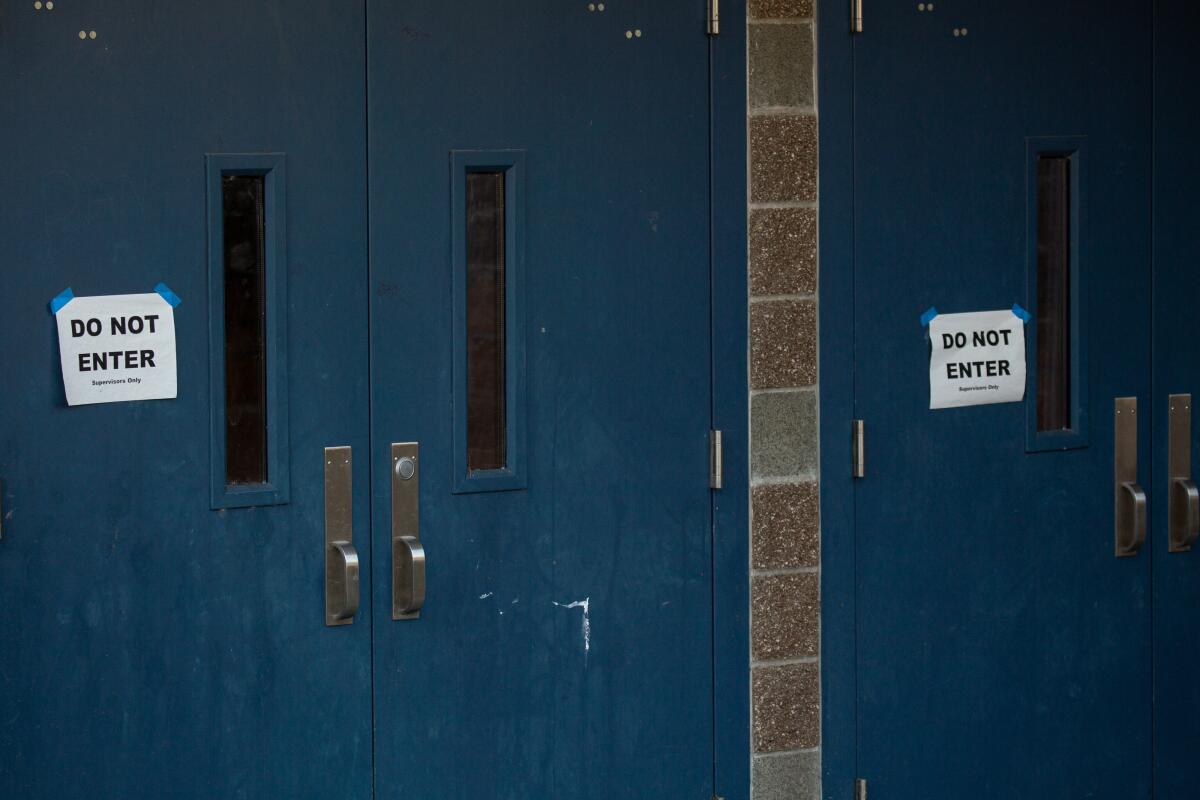
As if the disparities in online learning didn’t already put low-income Black and Latino students at a terrible disadvantage, now the pandemic era has created a new form of educational inequality: the so-called learning pod.
Many middle-class parents across the nation have responded with lightning quickness and considerable ingenuity to the prospect of campuses remaining closed in the fall, as most schools in California will be. They’re putting together small groups of students of similar age — usually four to six of them — to study in a modern version of a one-room schoolhouse. Usually, the idea is to hold the lessons at the home of one of the parents, on a large covered deck or in a cleared-out garage, with parents pooling their money to hire a tutor or even a credentialed teacher for a few hours a day.
They’re planning physical distancing between students and, often, requiring masks. In most cases, participating families have to agree to common sheltering-at-home rules to prevent the spread of COVID-19.
No one can blame “pod” parents for wanting to provide the best education possible for their children. They might be unable to juggle their jobs with their children’s online schooling, especially if their employers are calling them back to the workplace and they have no child care. They might crave the in-person touch and socialization for their children. They likely feel that distance learning simply doesn’t cut it.
But then, the same concerns plague parents who can’t afford to pay their share of a private instructor or who don’t have nice big yards or double or triple garages. They’re stuck with whatever their local public school sends through the internet, plus whatever assistance they have the time and education to provide. Remote learning will almost certainly be better this fall than last spring — it could hardly be worse in most cases — but “better” isn’t going to be nearly good enough. And it will be a far cry from what home learning groups, with a ratio of one instructor per five kids or so, can achieve.
We already know via a report from the Los Angeles Unified School District that Black and Latino students, and those who face barriers of poverty and language, participated in their online lessons last spring far less often than white and Asian students with more advantages. In other words, the inequities that long have plagued traditional public schools were multiplied during the emergency shutdown. Now those inequities would be magnified even more. Before long, the “pod” children might be a semester or even a full year ahead of others.
More than 15 years of efforts to close the educational gap between haves and have-nots could be sacrificed, along with the ideal of public schools as an equalizer for students from all backgrounds.
Parents have to make the choices necessary for their work lives and children. But California school districts should be enabling more parents to make those choices by creating school-sponsored pods. These could be held outdoors in parks or on school grounds shaded by canopies. They could last half a school day, enough to make sure students are logging in, receiving needed tutoring and staying on track. Working in groups of five or six, there would be plenty of space for distancing; that plus masks, small group sizes and an outdoor setting should create an environment as safe as a socially distanced picnic in the park.
That’s not to say schools can do this for all their students. There aren’t enough teachers or enough space for small pods for all, even in shifts.
What they can do is help the students who most need this added attention: Children in elementary school, especially those living in poverty, as well as students who aren’t fluent in English or who have special learning needs. Teachers who are at high risk for serious cases of the coronavirus would teach online, but some of the remaining teachers, aides and school librarians could work with pods.
It’s not perfect. Classes on days of heavy rain, chill or sweltering heat wouldn’t work well outdoors. But given the weather advantage of living in Southern California, pods would still make a major difference in the education of many thousands of students.
School employee unions would have to agree, and the state would have to exempt these pods from the school closures. But wherever health officials determine that the model carries minimal risk, every school administrator, employee and parent should pitch in to make this a reality.
More to Read
A cure for the common opinion
Get thought-provoking perspectives with our weekly newsletter.
You may occasionally receive promotional content from the Los Angeles Times.
